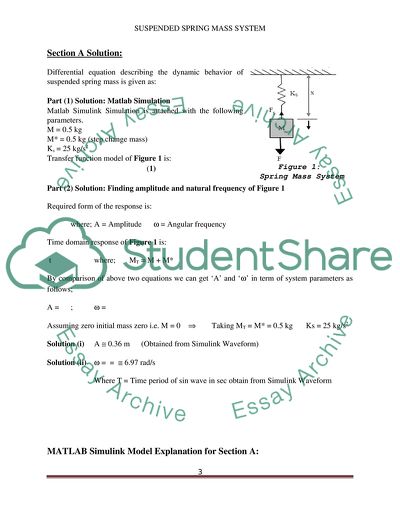Cite this document
(Suspended Spring Mass System Lab Report Example | Topics and Well Written Essays - 1250 words, n.d.)
Suspended Spring Mass System Lab Report Example | Topics and Well Written Essays - 1250 words. https://studentshare.org/formal-science-physical-science/1848652-matlab
Suspended Spring Mass System Lab Report Example | Topics and Well Written Essays - 1250 words. https://studentshare.org/formal-science-physical-science/1848652-matlab
(Suspended Spring Mass System Lab Report Example | Topics and Well Written Essays - 1250 Words)
Suspended Spring Mass System Lab Report Example | Topics and Well Written Essays - 1250 Words. https://studentshare.org/formal-science-physical-science/1848652-matlab.
Suspended Spring Mass System Lab Report Example | Topics and Well Written Essays - 1250 Words. https://studentshare.org/formal-science-physical-science/1848652-matlab.
“Suspended Spring Mass System Lab Report Example | Topics and Well Written Essays - 1250 Words”. https://studentshare.org/formal-science-physical-science/1848652-matlab.


